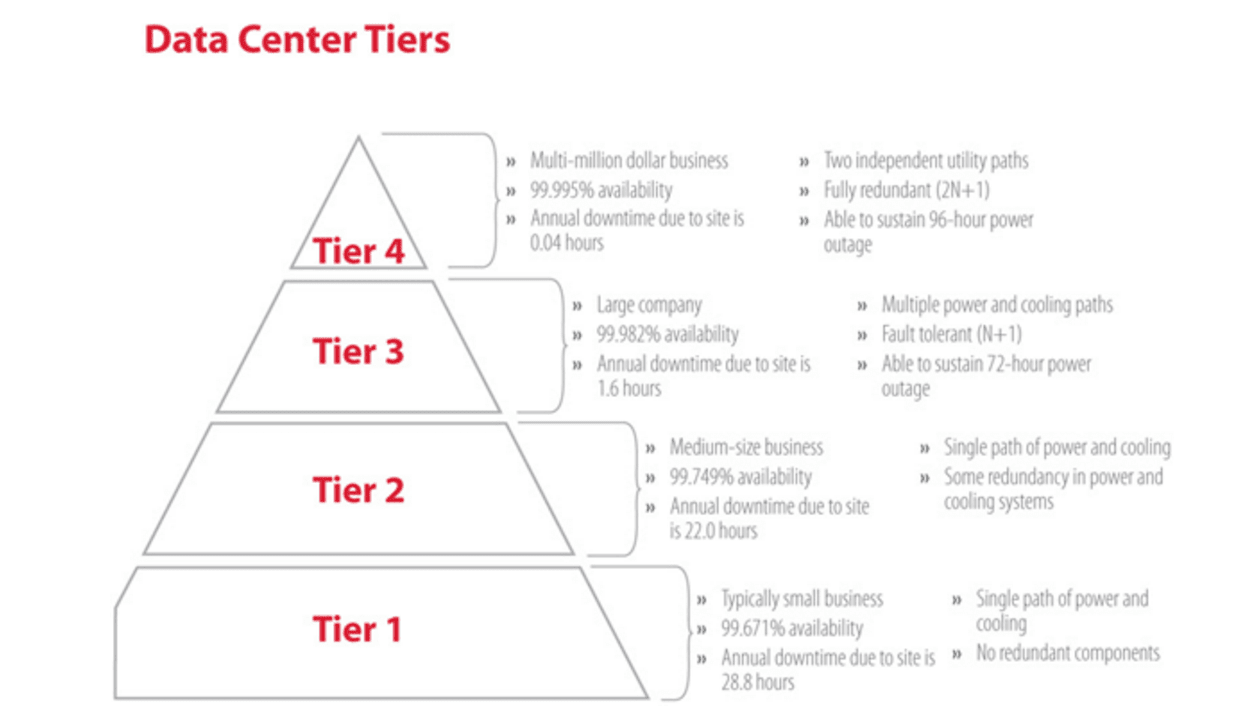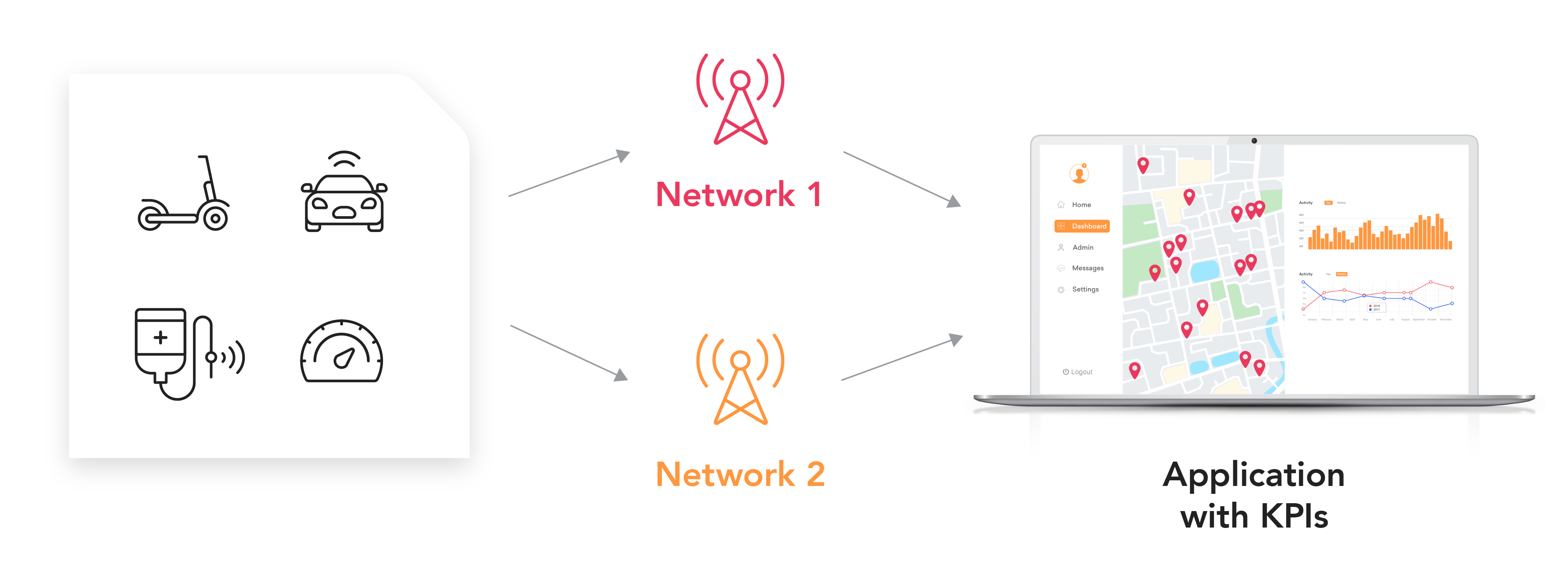Who Pays Redundancy Money? Comprehending Employer Responsibilities in the UK
Who Pays Redundancy Money? Comprehending Employer Responsibilities in the UK
Blog Article
Checking Out the Operational Characteristics of Firm Redundancy and Its Long-Term Sustainability

Redundancy Methods for Business Connection
In order to guarantee uninterrupted operations, businesses should apply effective redundancy strategies for company continuity. Redundancy in this context refers to the duplication of vital elements or functions within a system to reduce the effect of prospective failures. By integrating redundancy strategies, organizations can enhance their durability versus disturbances triggered by different variables such as all-natural catastrophes, equipment failings, or cyber-attacks.
One common redundancy method is the implementation of back-up systems and information storage space remedies. This includes creating duplicates of essential information and systems that can be turned on in situation of a main system failure. Furthermore, companies can establish redundant communication networks and power sources to maintain connection and procedures during unanticipated occasions.
Furthermore, cross-training employees to perform numerous functions within the business can act as an important redundancy technique. This makes sure that important tasks can still be performed even if essential workers are inaccessible due to illness or other reasons. Generally, efficient redundancy approaches are important for services to support functional continuity and reduce the effect of prospective disturbances.
Influence of Redundancy on Business Durability
Provided the essential function redundancy techniques play in guaranteeing service connection, checking out the effect of redundancy on business resilience becomes vital for recognizing the alternative operational dynamics of a firm. Business durability describes an entity's capability to adapt to disturbances, recover from setbacks, and transform when needed while maintaining core functions. Redundancy, when tactically executed, can dramatically add to enhancing a company's resilience despite unexpected difficulties. By having backup systems, workers, or procedures in position, companies can better endure shocks and proceed operations with very little interruption.
Furthermore, redundancy can cultivate technology and creativity within a company as workers feel encouraged to take computed risks, recognizing that there is a safety web to sustain them in situation of failure. Generally, the effect of redundancy on organizational resilience is profound, shaping the long-term sustainability and success of a firm.
Balancing Performance and Flexibility in Redundancy
Accomplishing an unified stability between operational effectiveness and flexible adaptability is an essential obstacle in the calculated implementation of redundancy within organizations. Effective operations are necessary for maintaining efficiency and cost-effectiveness, guaranteeing that resources are used optimally. However, excessive focus on effectiveness alone can result in strength, making it hard for companies to adjust to unpredicted adjustments or difficulties. On the other hand, versatility enables companies to react nimbly to developing situations, promoting technology and resilience. Yet, excessive versatility without a strong operational foundation can cause inefficiencies and incongruity.
To stabilize efficiency and flexibility in redundancy planning, companies must very carefully assess their operational demands, market characteristics, and tactical objectives. Executing lean methods can improve performance by eliminating and simplifying processes waste, while fostering a culture of versatility and constant improvement can improve flexibility. Additionally, purchasing cross-training programs and durable interaction channels can assist cultivate a versatile workforce with the ability of handling diverse jobs throughout periods of shift. Ultimately, locating the appropriate equilibrium in between effectiveness and versatility is important for developing a resistant and sustainable organization when faced with uncertainty.
Long-Term Sustainability Through Redundancy Preparation
To make certain enduring stability and stability, organizations need to strategically straighten their redundancy planning with long-term sustainability objectives, thus harmonizing operational performance with flexible versatility. Long-term sustainability with redundancy planning involves even more than simply temporary cost-cutting procedures. It calls for a thorough strategic method that prepares for future obstacles and chances. Firms ought to see redundancy not as a reactive service to instant problems but as a proactive technique for lasting success. By integrating redundancy preparation with sustainability purposes, companies can develop a resilient framework that can withstand different market changes and inner adjustments.

Aggressive Steps for Lasting Company Operations
How can firms proactively improve their operational sustainability for long-term success? Carrying out positive actions is important for firms intending to guarantee lasting operations. One key approach is to spend in technology and advancement to improve procedures, reduce waste, and stay affordable out there. Taking on sustainable methods such as minimizing power consumption, lessening carbon impact, and optimizing resource application can not only profit the environment yet additionally bring about set you back savings over time.
Additionally, cultivating a culture of continuous improvement and knowing within the company can boost adaptability to transforming market problems and client demands. Motivating staff member participation in decision-making procedures and offering possibilities for specialist development can improve check here morale, performance, and general efficiency. Developing clear objectives, monitoring essential performance indicators, and routinely evaluating progress are important parts of positive sustainability administration.
Teaming up with suppliers, consumers, and various other stakeholders to advertise lasting practices throughout the supply chain can produce a ripple impact of favorable impact - redundancy pay if company goes bust. By taking proactive steps towards operational sustainability, firms can develop resilience, my link drive technology, and safeguard their long-lasting success in an ever-evolving organization landscape
Final Thought

In the realm of organizational monitoring, the tactical implementation of company redundancy stands as a crucial yet elaborate technique that demands a fragile equilibrium in between functional effectiveness and long-lasting practicality. By exploring the operational characteristics that underpin firm redundancy and evaluating its wider effects for business strength and adaptability, a nuanced understanding of just how redundancy methods can shape the future trajectory of a business starts to unravel.Given the critical role redundancy methods play in making sure company continuity, discovering the effect of redundancy on organizational strength ends up being important for understanding the alternative functional dynamics of a company. In general, the impact of redundancy on business durability is profound, shaping the long-term sustainability and success of a firm.
In final thought, recognizing the functional dynamics of firm redundancy is More Bonuses vital for making sure lasting sustainability.
Report this page